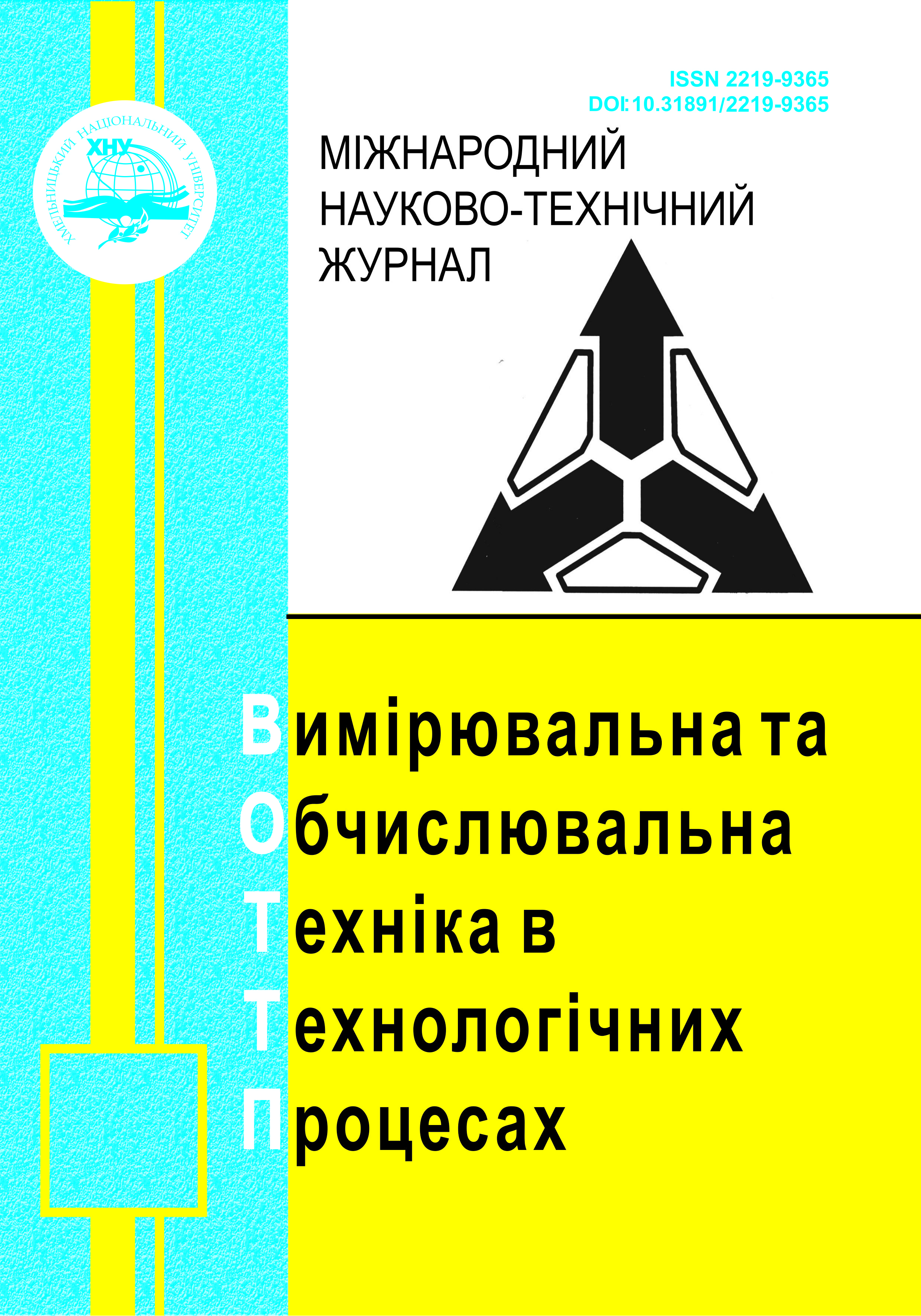THE METHOD FOR AUTOMATED CONTROL OF ROBOT MOVEMENT BASED ON SELF-ORGANIZATION ALGORITHM WITH CHAOS LEVEL ESTIMATION
DOI:
https://doi.org/10.31891/2219-9365-2024-80-38Keywords:
robotics, automated control, self-organization, potential field method, trajectory, chaotic motionAbstract
The modern development of methods for automated control of robotic systems in the conditions of their rapid growth in all economy spheres requires the using of new algorithms for constructing trajectories and interaction between robots during their movement. In cases of simultaneous movement of a large number of robots to different goals, the conditions for their automated control become significantly more complicated, which leads to a significant decrease in the efficiency of centralized robotic systems. Therefore, in order to increase the efficiency of automated control of the movement of a large number of robots in a relatively limited space, self-organization methods and algorithms are introduced.
One of the most important tasks of self-organization of robot movement is to simplify the control algorithm for one robot in a group while simultaneously increasing the efficiency of control of the entire group. However, the specified simplification of the control algorithm for one robot can lead to the emergence of ambiguous conditions that lead to the occurrence of chaotic modes of robot movement between different target points.
The process of self-organization of robot movement based on the potential field method is considered. The robots move along gradients to the corresponding target attraction points (potential wells). A method of automated robot motion control based on a self-organization algorithm with chaos level estimation is proposed, which allows correcting robot motion trajectories in order to avoid chaotic motion modes between different target points. The chaos level estimation and smooth trajectory correction are performed in real time and allow avoiding abrupt changes in the relative position of robots, which allows increasing the accuracy and reliability of the robotic system, as well as reducing the probability of emergency situations.

